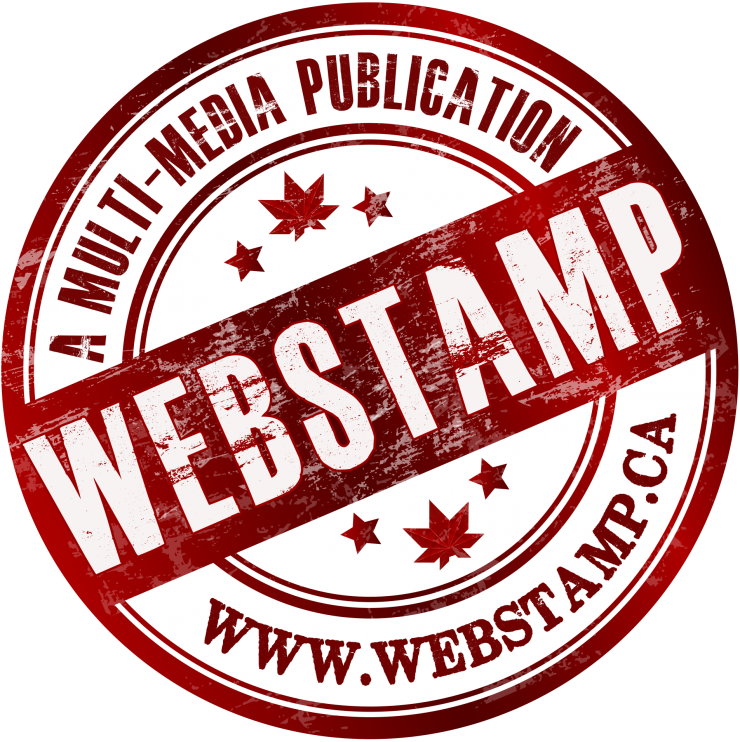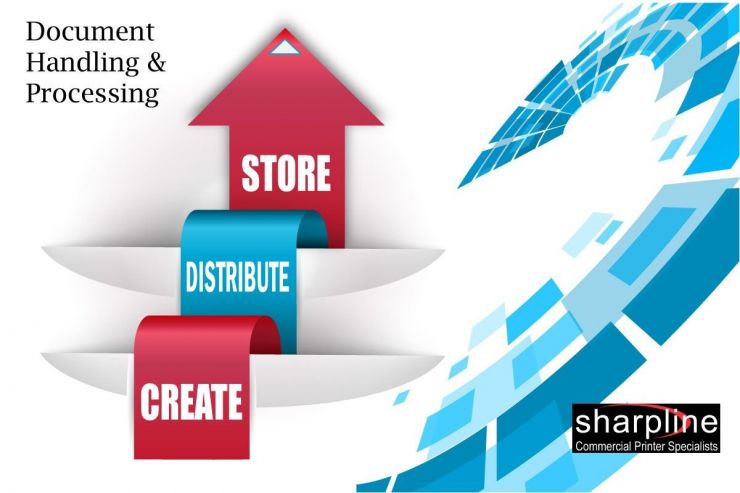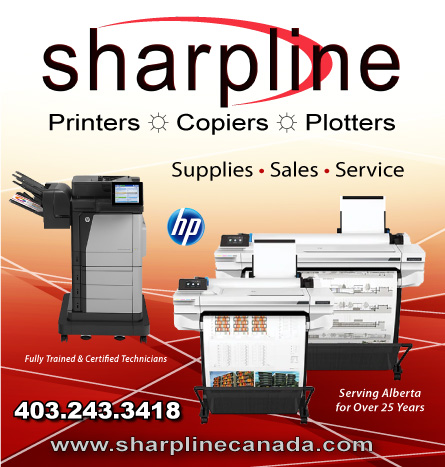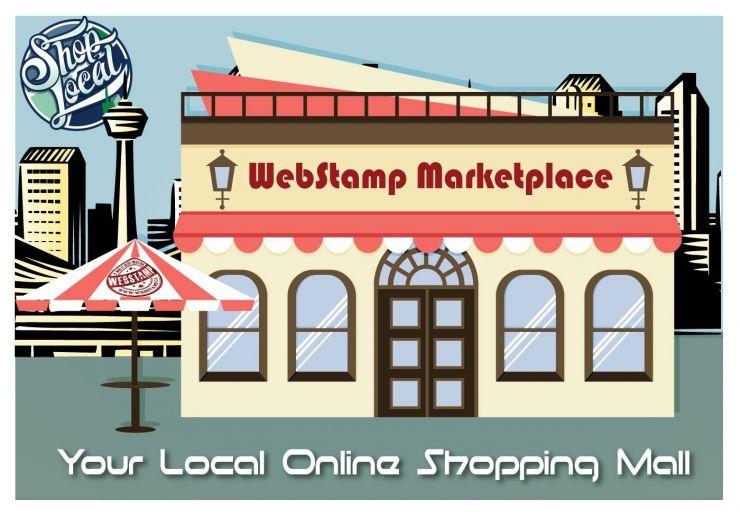WebStamp January 16, 2018
Taking Control Of Your Documents
The process that documents are created and used is changing dramatically in the new digital age of the 21st Century. For hundreds of years, people have relied on the physically written or printed document to provide news, inform, conduct business, and solidify transactions. Since the development of the digital computer and the connectivity of the internet news and information is now at your fingertips with personal computers, tablets, and cell phones. Document handling and processing has lagged behind and is finally being embraced in this digital age.
In the last half of the 20th Century, it became easier to print documents with the introduction of copiers and printers. Many of these documents printed were needed to be stored for future retrieval in shelves or filing cabinets, especially those for legal, business, and governmental purposes. Tax documents usually need to be held for 5 to 10 years for the government to able to review. They are finally allowing the use of electronic documents as a legal document so we can actually start digitizing our documents and clear up space with the removal of the stored printed documents. In fact, many governmental agencies have, or are in the process of, digitizing their printed documents and records.
Along with reducing the need for storage of printed documents it also becomes easier, faster, and more cost-effective to retrieve digitized documents and the information therein with a computer’s search feature. Digitized documents can be sent through various forms of electronic media and are almost instantly received as text, message, or email.
Printed document processing accounts for up to 40% of the labour cost and is only included as 15% of the revenue. Digitizing and automating document processing is a vital part in achieving a cost-effective way of processing documentation.
Bills and invoices can now be instantly sent. Waiting for payment is a thing of the past, they can now be instantly done online. There are many apps and programs to help you process your documents electronically. Many of today’s multifunction printers, even the cheap ones, have the technology built-in to digitize documents. In this Information Age finding, retrieving, and processing documents is becoming easier and faster, even for the everyday person to process an overabundant quantity and handling of documents, records, and transactions.
Since 2000, ESIGN (Electronic Signatures in Global and National Commerce Act) was signed by President Clinton making signed electronic contracts and documents as legally binding as paper-based ones. Today many transactions involve digital document transfer and handling. Email transactions outnumber Snail mail 81 to 1 and is considered as the most effective and secure way to process and handle documents. The problem is that too many leave the documents in their email folders and not saving them to a secure storage back-up which could be as simple as storing the documents on a USB thumb drive.
Processing documents include document creation, saving and distribution of those documents, searching and retrieval, and finally properly archiving the documents. There will always be some need for paper documents, but with proper planning and execution, the need for handling it can be greatly reduced. This is the first of many articles about the many benefits of developing a document flow procedure, even if it is only for personal use, with a well-organized routine to handle and process documents.
Share This Article
References:
https://www.xerox.com/en-sr/services/managed-print/insights/printing-environment
https://www.pitneybowes.com/us/blog/digital-transformation-print.html
https://www8.hp.com/ca/en/solutions/business-solutions/printingsolutions/workflow.html
http://www.wmimagingsolutions.com/Services/DocumentFlowAnalysis.aspx
https://community.spiceworks.com/topic/1693046-need-new-document-flow-solution
https://www.consepsys.com/2015/05/20/what-is-document-control/
https://www.lasertechserve.com/develop-print-strategy
http://www.globalstewards.org/paperless-office.htm
https://www.aiim.org/What-Is-Document-Imaging#
http://cdn2.hubspot.net/hubfs/332414/Market-Intelligence/IW.Reports/IW-





